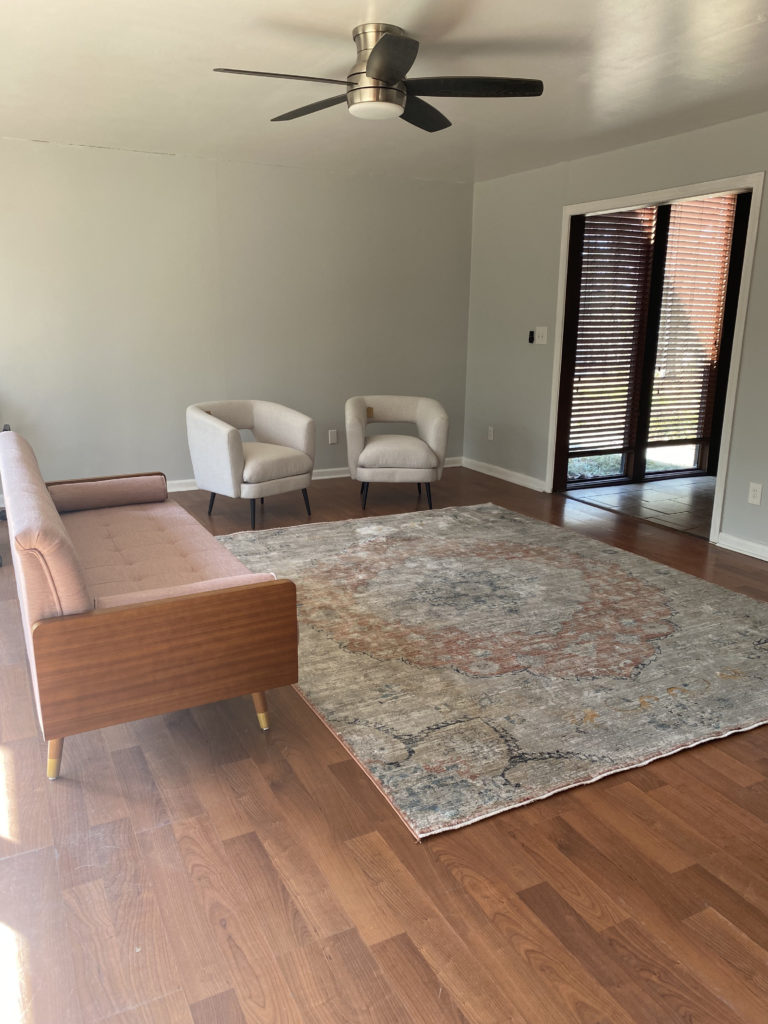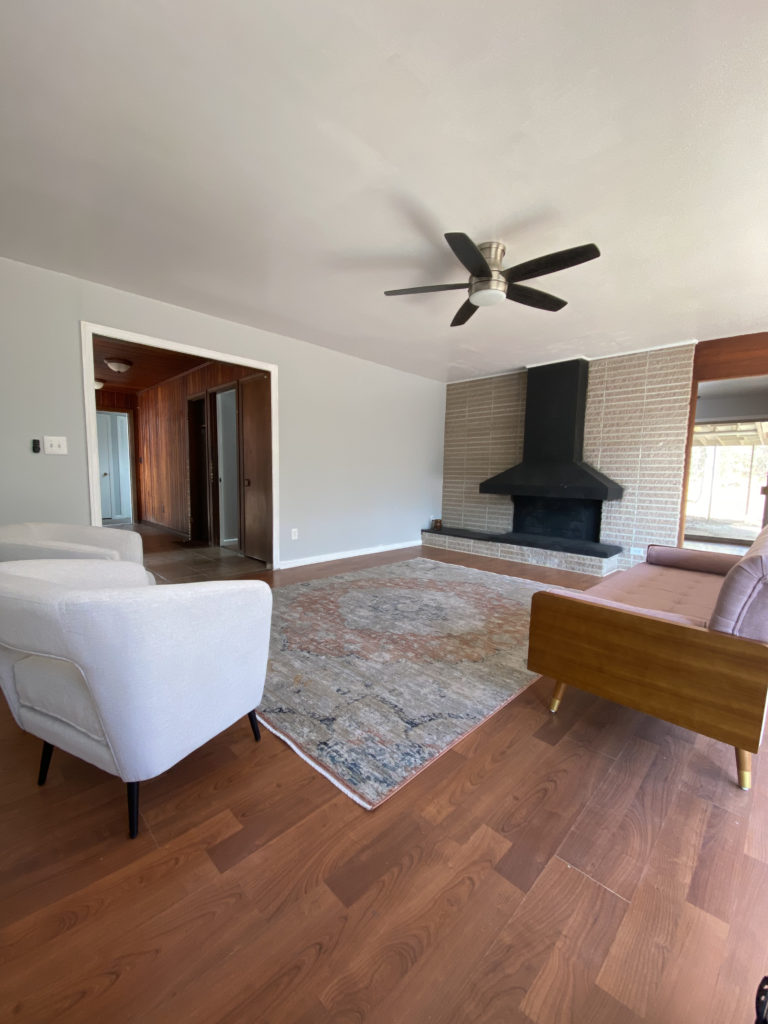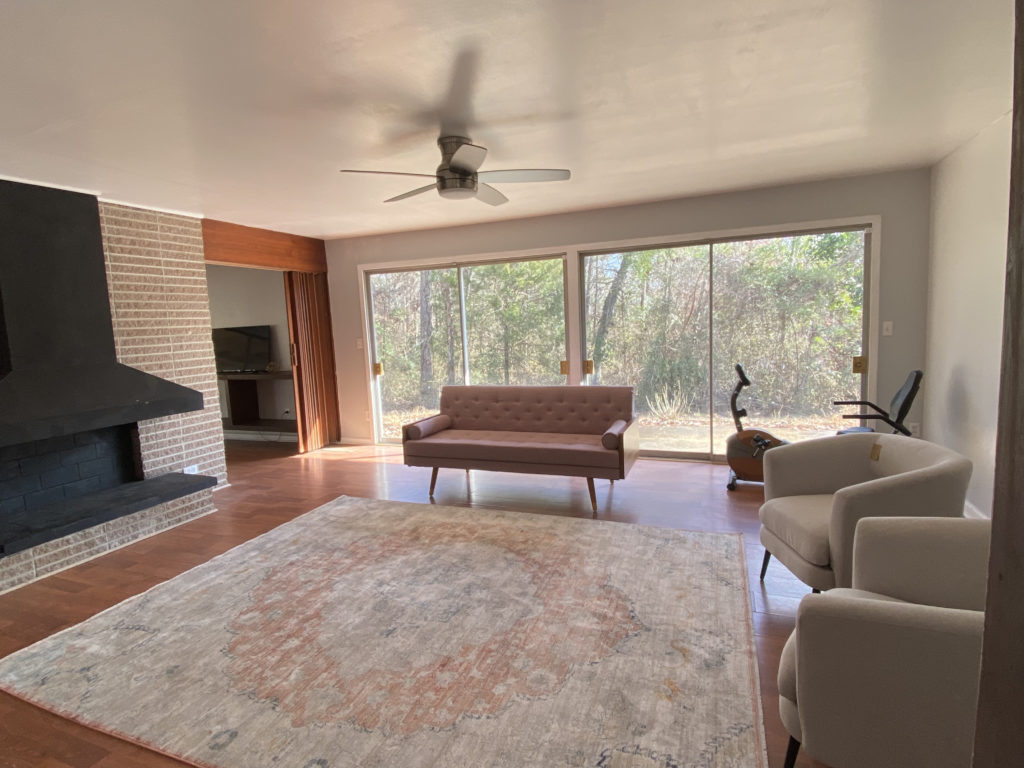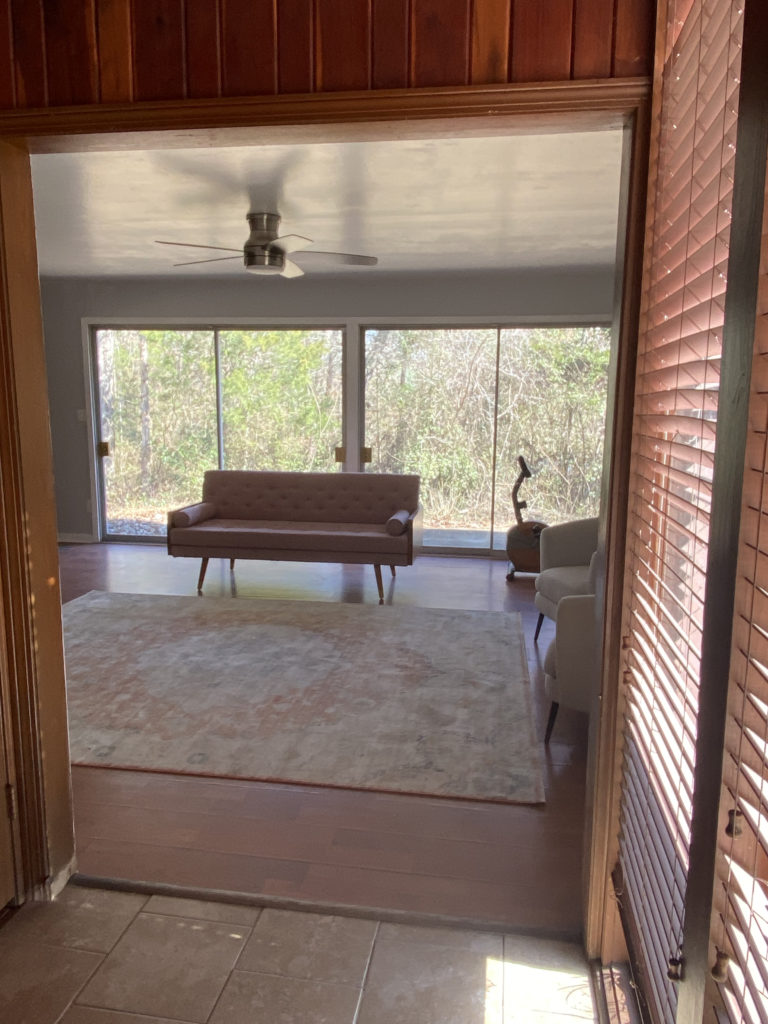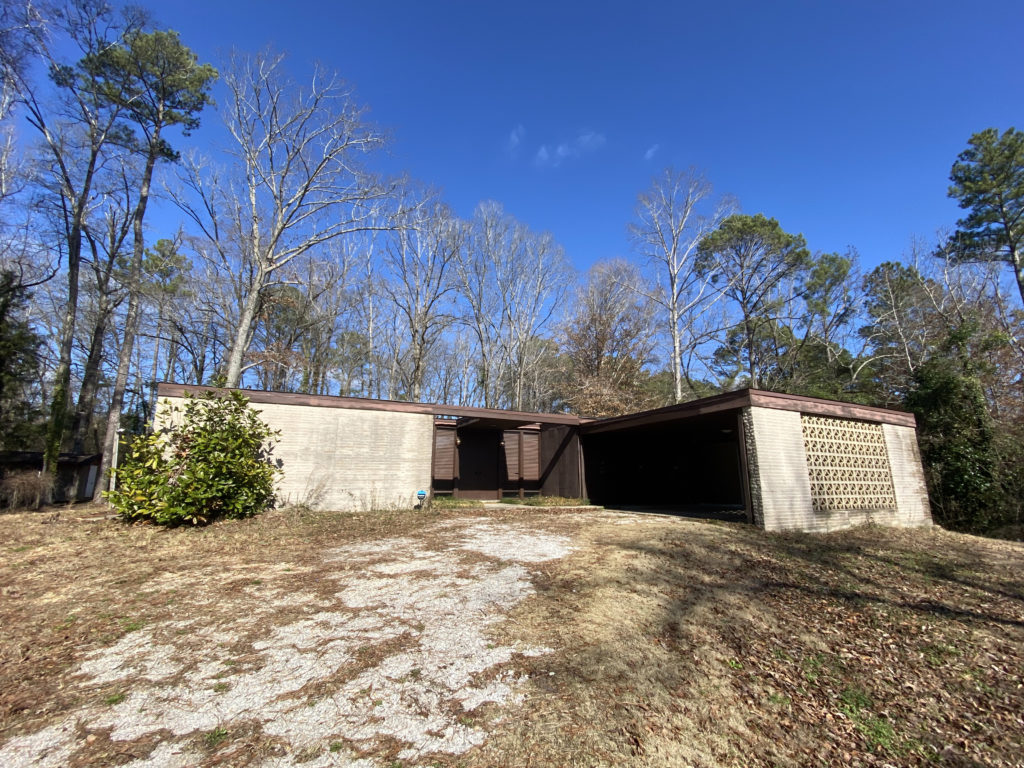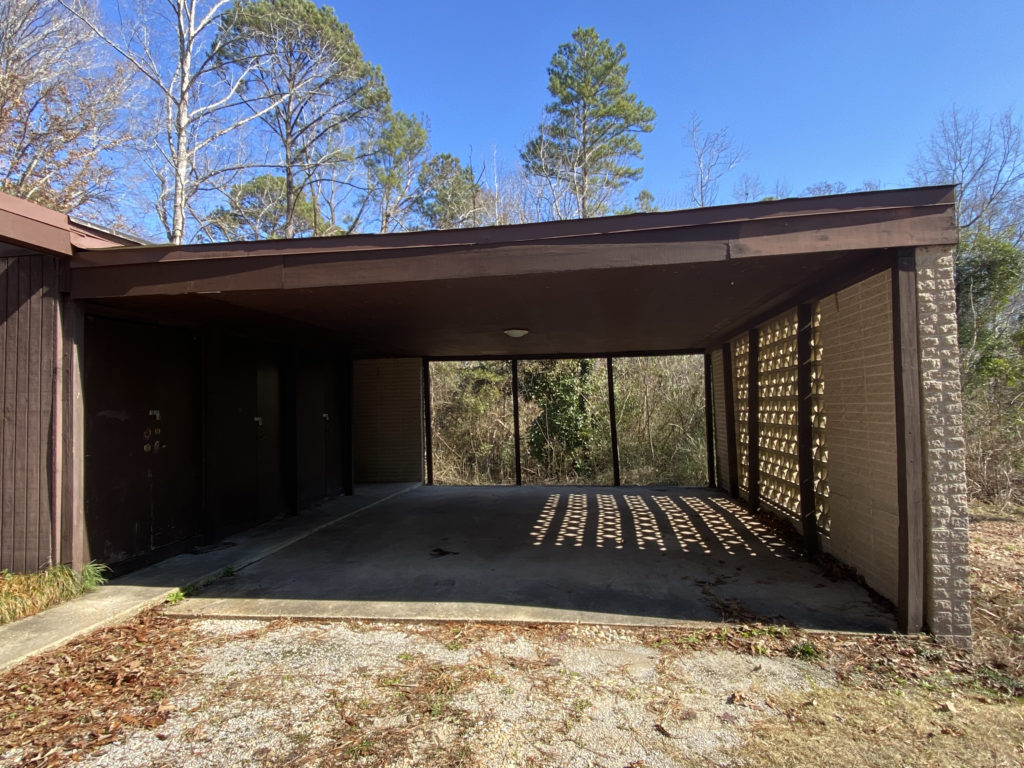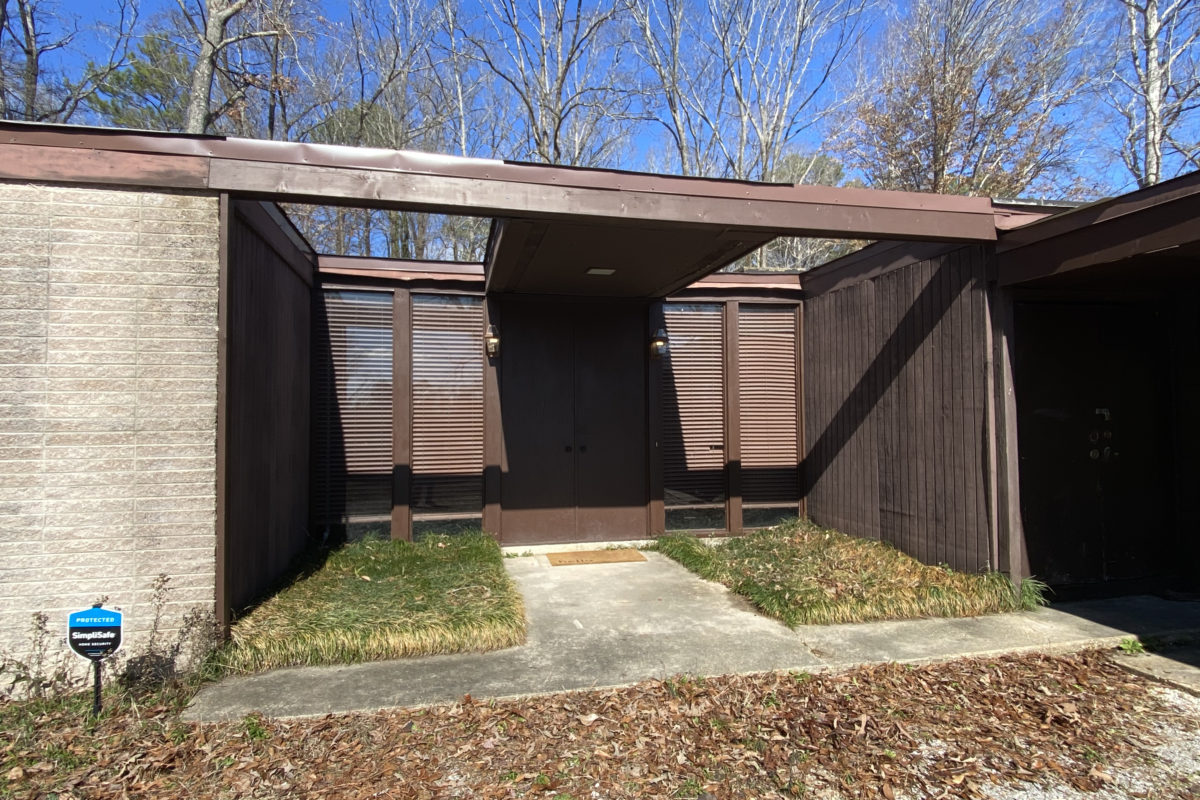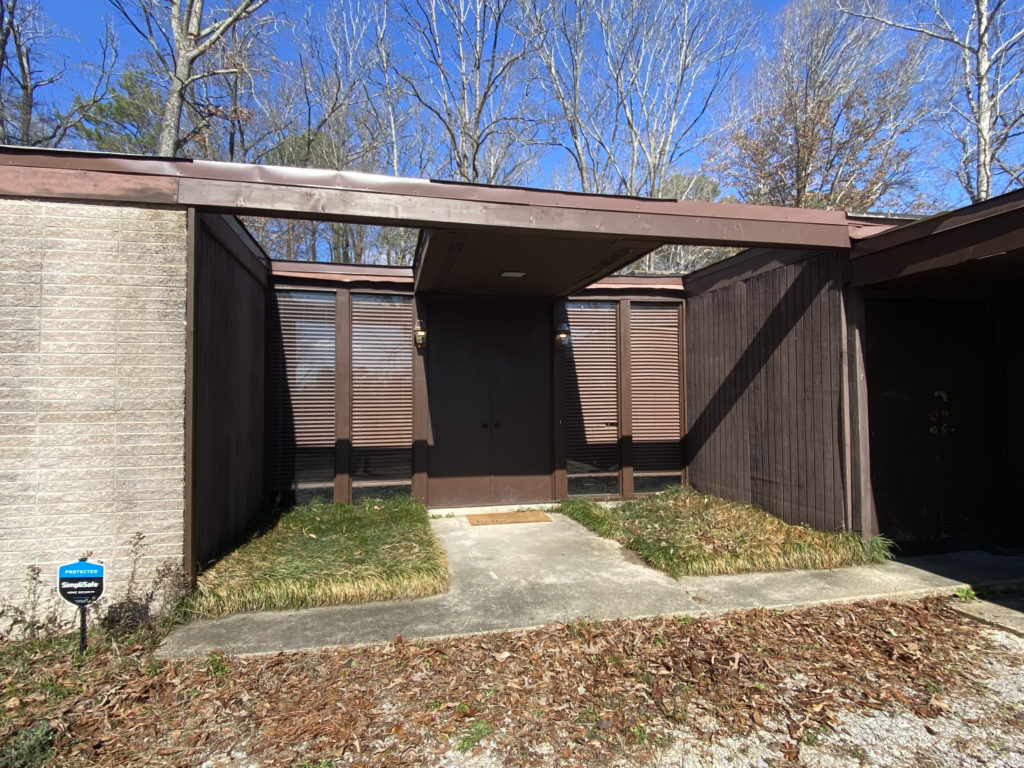
Often featuring large windows, open floor plans, and a blend of indoor and outdoor spaces, these homes are easy to spot. As seen here, the blend of outdoor and indoor lends itself to the enormous sidelights on the entryway. Inside, there are skylights and lots of doorwalls. This allows for maximum exposure to the outdoor view without the outdoor temperatures.
While I am not an architectural guru, I do like homes that look good. Who doesn’t? Something we may or may not agree on is the definition of good-looking. This is a house in my hometown that I admired for years, and I heard through the grapevine that someone had picked up for cheap. Knowing that cheap is in the eyes of the beholder, I called the new owner to find out just how cheaply I could become the house’s new owner. The next thing I knew, I was closing on this trash-to-treasure masterpiece. My daughter and I agreed that it was one of the coolest homes we had ever seen, and that it was a must-have.
Home, or office? I know, I know, it doesn’t look like a house. It looks more like an office space but to us, that was part of the charm. My kids’ grandfather had an office building in southeast Michigan that was a midcentury, and it was also brown and brick–much like this structure. There are few homes of this type in central Alabama, so the response we’ve had from locals has not been all positive. In fact, very little has been positive! A lot of the negativity comes from the characteristic little-to-no pitch on the roof.
This home in particular has a completely flat roof, much like an industrial building. Say what you want about the fact that the roof and three skylights cost almost three times the replacement cost of a moderately pitched roof of a house this size–the old tar-and-gravel roof lasted 60 years.
What some see as weird, is its very intentional style. Midcentury modern homes are architectural styles that were popular in the mid-20th century. Typically they were characterized by clean lines, minimal ornamentation, and a focus on functionality. And from the conversations I have had, folks generally love it or they hate it.
Materials commonly used in the construction of midcentury modern homes include glass, steel, and concrete. The use of plastic and other synthetic materials tends to be minimal. Alternatively, there is a lot of wood–both natural and stained. Floors are wood, concrete, or tile. For us, keeping with the original will actually mean removing a bathroom update we did before we considered preservation. We had actually installed vinyl plank floors and a farmhouse-style light fixture that now look out of place. Did I mention this is a work in progress?
In our renovation, we have had tough decisions to make concerning whether to keep the style or to update features of the home to save time, money, or perceived maintenance. In the end, we chose to keep the style and take longer to complete the renovation. Perhaps our biggest decision was color palette. My first inclination was to get rid of all the orangey wood, since it is the early 2020’s and grey has dominated home updates for over 5 years. After spending hundreds of hours in the space, however, I grew to love the warmth and no longer embrace the grey. The result? A pink sofa and a rug with lots of warm tones to pull the room together.
My favorite part of the renovation so far has to be the fireplace insert. Just when you think it can’t get warmer than a orangey woods and a pink sofa, along comes just the right size electric fireplace insert. Check it out in the pictures below.
We love it so far! What do you think? Are we getting warmer?
To learn more about midcentury modern style, click here.
